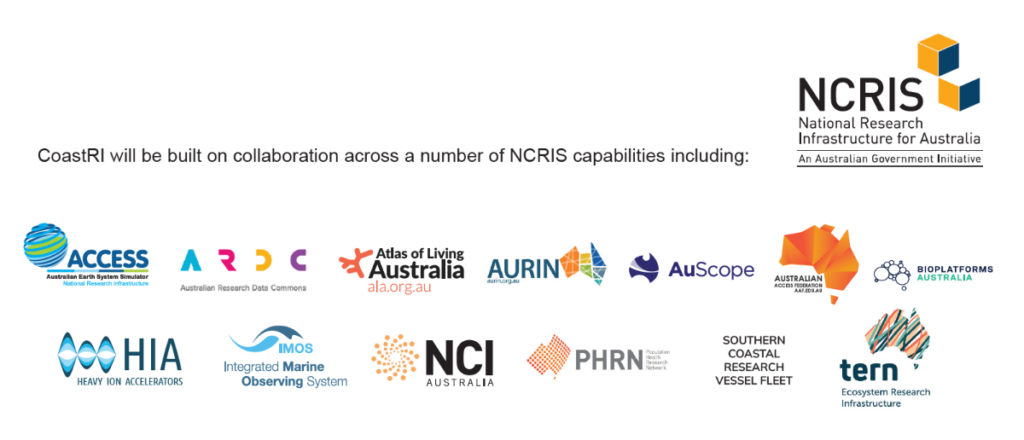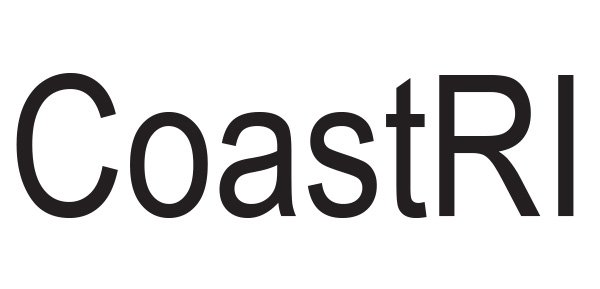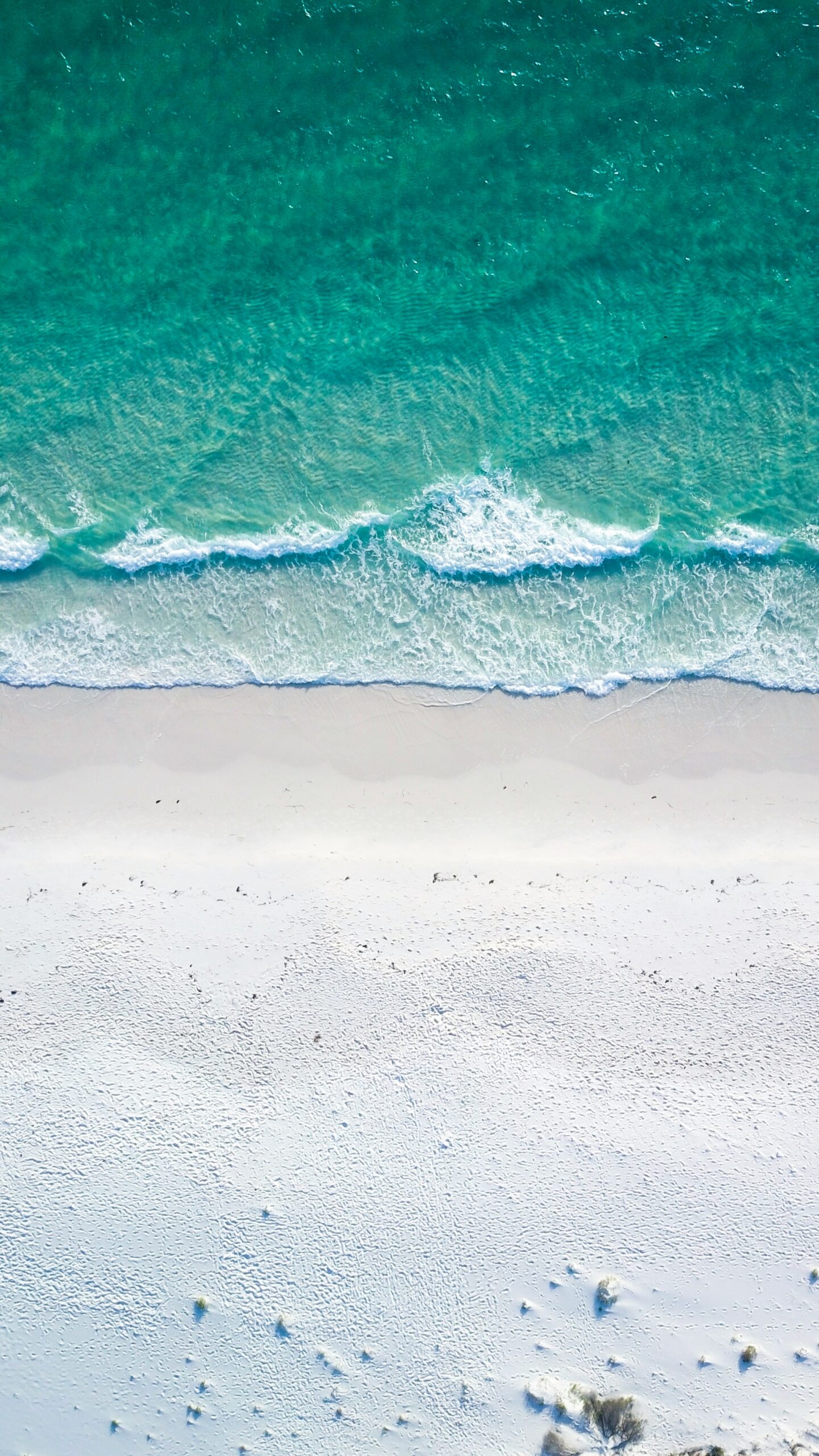The CoastRI consortium has successfully finalised the full program description, which includes seven key work packages and two cross-cutting themes, which have been endorsed by the 13 NCRIS partners and reviewed by an independent Science Advisory Committee and Advisory Board (Figure 1). The program description has been provided to NCRIS for consideration as part of their step-change processes.
The timeline for a funding decision remains uncertain, but we will keep the community informed of any developments. Whilst the consultation to date has focussed on identifying stakeholder priorities, the next phase of the program will focus on how we deliver such a step-change program drawing from expertise across our research, stakeholders, and traditional owner communities.
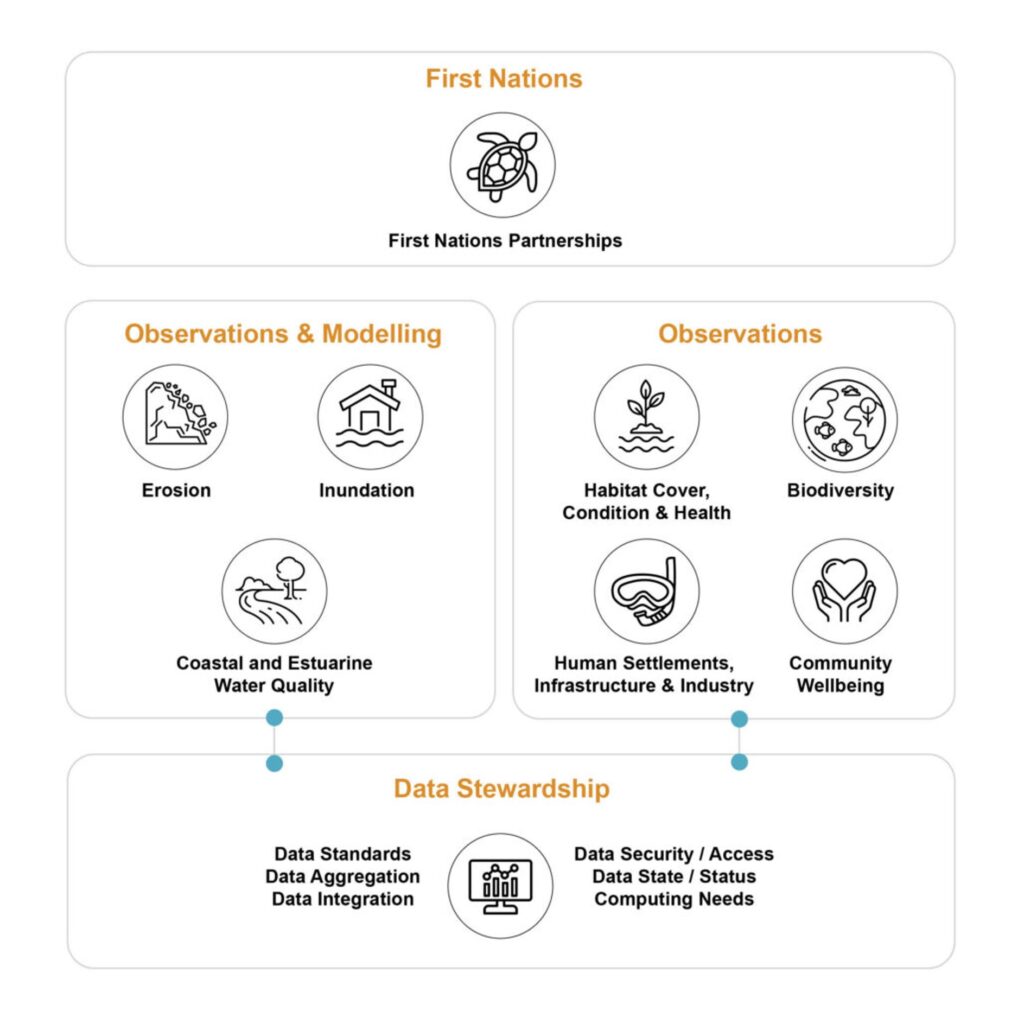
Expected impact
CoastRI will have a significant impact on Australia due to the high use and reliance on coastal regions and the investment required to coordinate observing and modelling efforts nationally. Data and outputs of the proposed program will benefit a wide range of end-users, including environmental and social scientists, government agencies, industries (ports, fisheries, insurers), emergency services, First Nations communities, and coastal residents (Figure 2).
CoastRI will provide vital input to inform hazard assessments, guide adaptive strategies, and decisions on infrastructure, planning, mitigation, conservation, industry development, and policy. In short, CoastRI will create significant economic and societal benefits for Australia through a coordinated and cohesive approach based on cross-disciplinary collaboration, and by providing centralised, accessible data, and model outputs. This initiative represents a true step-change, ensuring that Australia is better prepared to manage and mitigate the impacts of changing coastal processes.
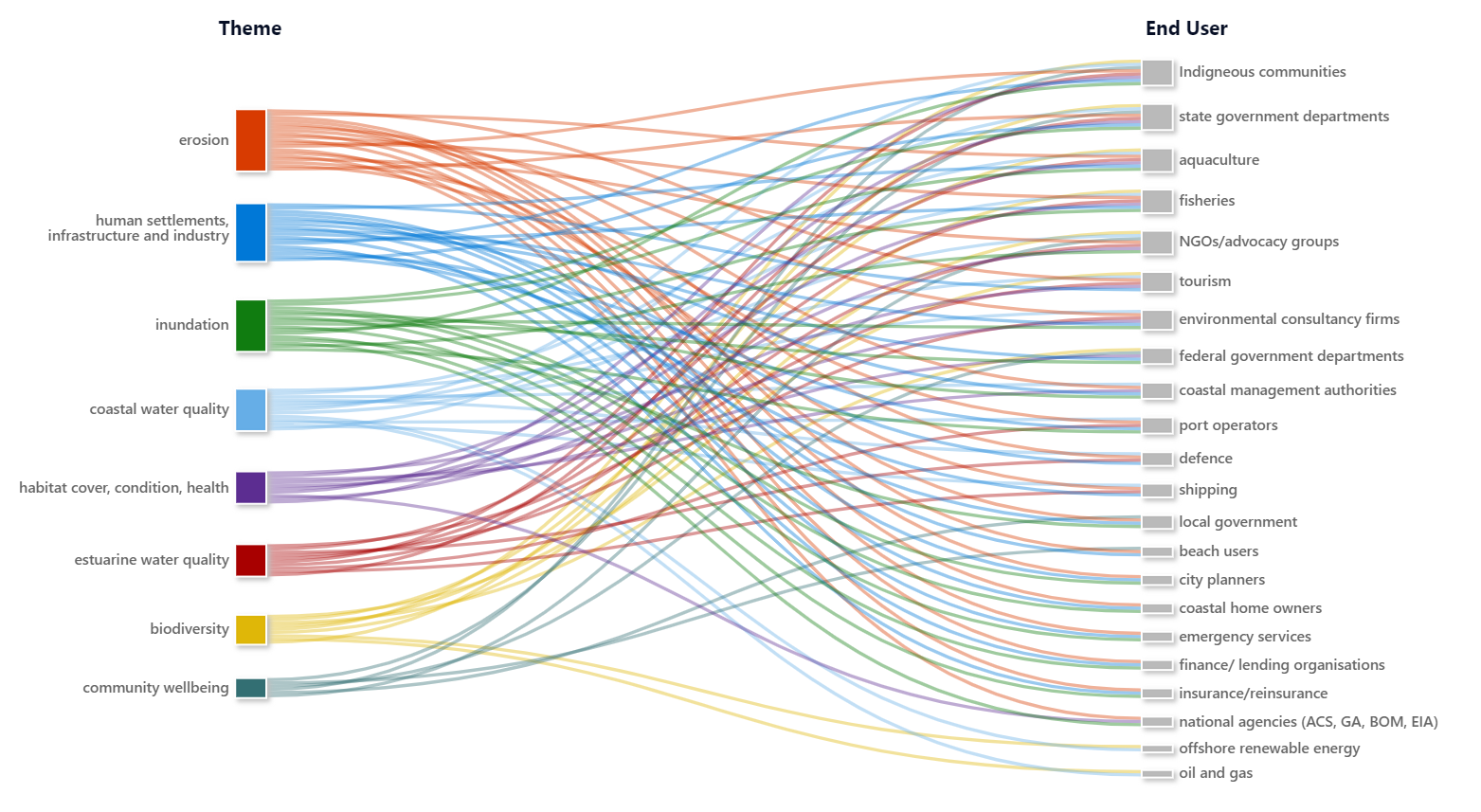
Next steps
If CoastRI is funded, first steps will be to organize a series of workshops including researchers, stakeholders, and Indigenous communities. These workshops will provide a platform to refine the program’s approach—identifying key activities and equipment, determining optimal deployment locations, data standards, and co-delivery and co-investment opportunities.
Opportunities for state and industry engagement
State agencies, local councils, and industry operators already collect valuable observations aligned with several CoastRI themes. Where possible, CoastRI will aggregate and integrate these data streams, leveraging existing activities or installations to value-add in order to enhance the overall impact and benefits for all stakeholders and end-users.
We welcome expressions of interest from the community in co-investing and co-delivering CoastRI activities. Co-investment opportunities may include staff time for equipment deployment and recovery, sample collection, co-location of equipment to reduce servicing costs, utilisation and redeployment of underused resources, and sharing data to expand and enrich CoastRI’s scope and outcomes. If you’re interested in contributing, we’d love to hear from you.
Get in touch
If you have any questions, want to contribute, or are interested in co-investment and co-delivery opportunities, please get in touch with us.
Rebecca Zitoun, Science Coordinator, [email protected]
Daniel Ierodiaconou, Lead Scientist, [email protected]
